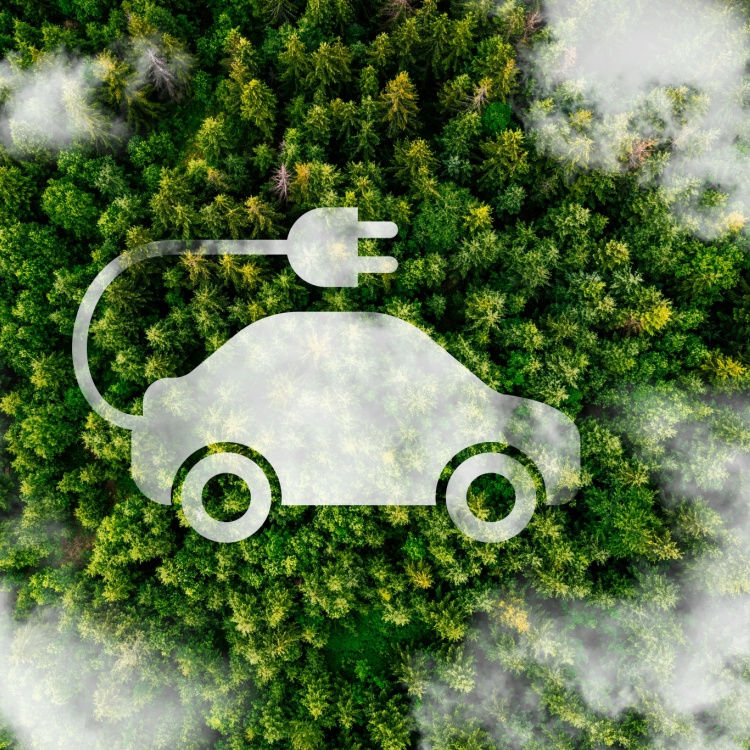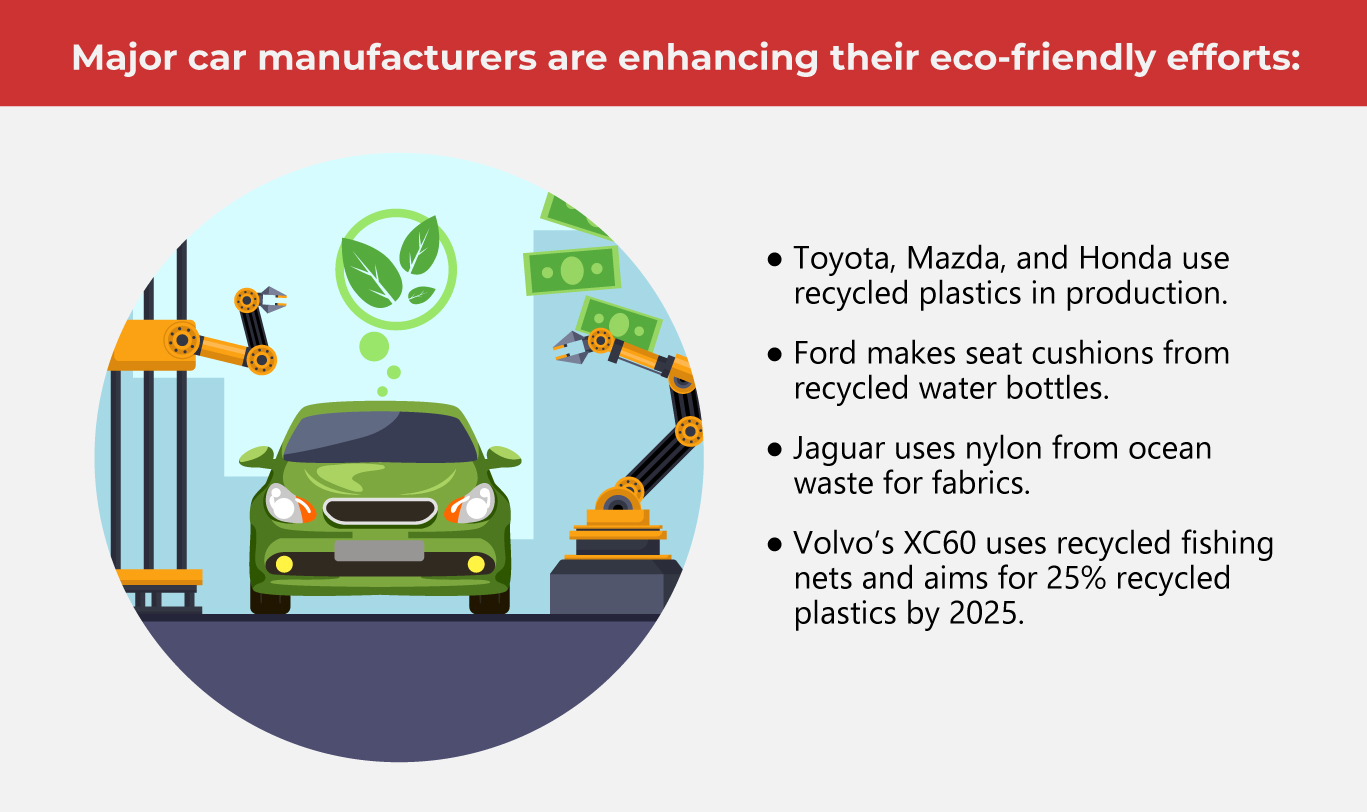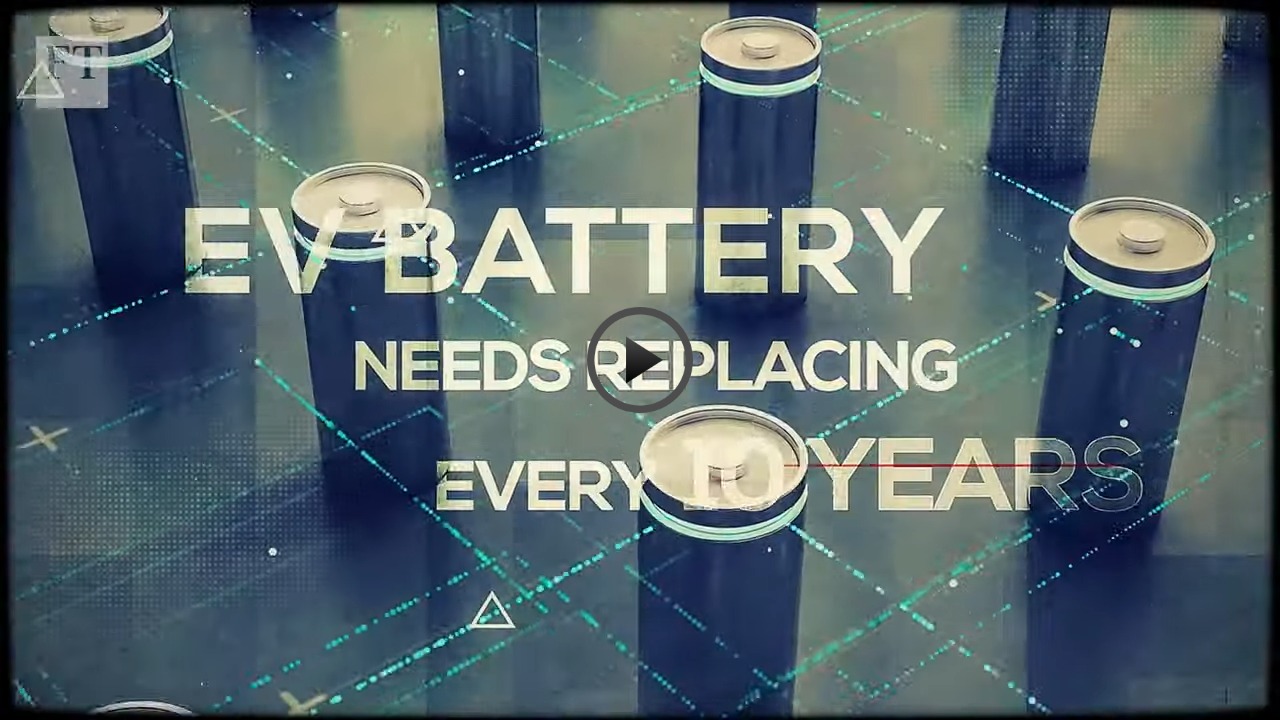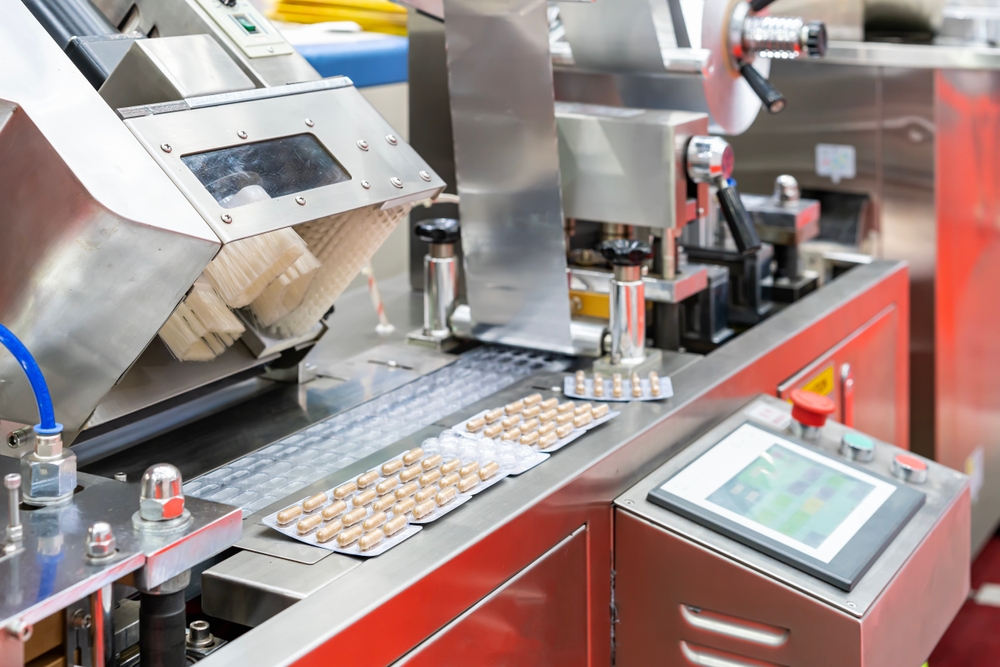The Rise of Sustainable Automaking

Sustainability has become a driving force in the automotive market, reshaping business strategies across the sector. One of the most significant shifts is the growing reliance on recycled materials in vehicle production—a trend poised to alter market landscapes and influence industry standards.
Carmakers are stepping up their use of recycled and eco-friendly materials, responding to growing pressure from both consumers and regulators. This push not only helps cut carbon emissions but also improves key environmental indicators such as energy consumption and waste reduction, while trimming manufacturing costs and boosting efficiency. This is a win for both business and the planet.
Greener materials are playing a major role in the auto industry's sustainability shift. From bioplastics to reused metals, these choices reduce environmental impact while improving strength and efficiency. By cutting vehicle weight, they help save fuel and lower greenhouse gas emissions. Building sustainably has become key to manufacturing excellence and a future-ready industry.
Popular green materials
The auto industry, long dependent on petroleum plastics and steel, is changing rapidly. Rising environmental concerns and tougher regulations on emissions and waste are pushing global manufacturing players to adopt greener materials. This shift is a crucial move toward shrinking the industry’s impact on the planet.
-
Reclaimed metals
Choosing reclaimed aluminum and steel conserves the earth’s resources and lowers energy consumption versus producing fresh metals. These recycled components meet rigorous environmental tests and uphold the durability and protection required in vehicle manufacturing.
-
Plant-based plastics
Traditional plastics are being replaced by plant-based alternatives made from cassava and wheat. These biodegradable options generate fewer emissions and are now used in car interiors, such as door panels and upholstery.
-
Natural fibers
Carmakers are turning to eco-friendly materials like hemp to replace traditional glass fiber components. These composites reduce overall mass, improve mileage, and help cut harmful exhaust output—moving vehicle design in a greener direction.
-
Sustainable finishes and paints
Even the end-stage of vehicular production has gotten a green makeover. Low-VOC paints and coatings are replacing traditional finishes, cutting down on toxic fumes and environmental harm. These cleaner alternatives not only reduce health risks but also support a safer, more sustainable industrial manufacturing process.
Building greener cars: why it pays off
With the renewable energy market gaining momentum, the automotive industry is reaping the rewards of improved manufacturing practices.
-
A smaller carbon footprint
Sustainable product design and development reduces environmental impact by lowering the use of non-renewable resources and cutting greenhouse gas emissions during production. Natural materials typically require less energy to produce, leading to fewer pollutants released into the air and water. Altogether, these factors help protect ecosystems, conserve resources, and contribute to a healthier planet.
-
Boosted brand reputation
Consumers today increasingly value eco-friendly products and are more likely to trust and support brands that prioritize sustainability. This positive perception can lead to increased customer loyalty, attract environmentally conscious buyers, and open new economic values. Ultimately, a strong green reputation helps automakers stand out in a competitive industry and build lasting connections with their target market.
-
Vehicle weight reduction
Lighter cars use less fuel, which lowers emissions and cuts operating costs. High supplier quality ensures that eco-friendly, lightweight materials meet safety and performance standards. This approach not only improves fuel efficiency but also extends the vehicle’s range in electric models.
Are EVs sustainable?
As the auto industry embraces electric vehicles to boost sustainability and support a circular economy, questions remain about whether EVs truly live up to their green reputation.
-
On emissions produced during the manufacturing process
Building EVs produces more emissions than gas cars, mostly due to the energy used in making batteries with materials like lithium and cobalt. This results in 30 - 40% more emissions during production. However, EVs generate lower emissions per mile during operation compared to traditional cars. Studies show EVs emit about 200 grams of CO2 per mile, compared to over 350 grams for gasoline vehicles across their lifespans.
-
On energy sources
The environmental impact of EVs depends on their battery power source. Charging from coal-fired plants can make EVs dirtier than gas cars. Battery production also raises red flags—mining lithium and cobalt harms ecosystems, uses excessive water, and risks human rights abuses, especially in Congo’s informal cobalt mines. Toxic waste, air pollution, and even radioactive byproducts add to the burden. Despite industry pledges to clean up sourcing, major challenges remain unresolved.
-
On recycling EV batteries
Recycling EV batteries is far from simple. Flammable lithium-ion cells must be safely drained, and while some valuable metals like cobalt are recovered, others like plastic and aluminum often end up in landfills. The recycling process itself burns a lot of energy—whether through high-heat methods or chemical treatments. And though old batteries can be reused for energy storage, testing their condition remains a major hurdle.
Auto Battery reuse gains momentum
However, according to GlobeNewswire, battery recycling is helping drive the auto industry’s transition to a circular economy.
In 2024, the worldwide shift toward sustainable car production was valued at $153.63 billion and is expected to climb to $455.33 billion by 2034. This surge is driven by efforts to extend the product life cycle through salvaging components, restoring used systems, and giving materials a second life. These strategies help cut waste, lower costs, and ease environmental strain.
The rise of EVs opened new doors for battery repurposing. Even after their use in cars ends, EV batteries often retain 70 - 80% of their capacity, enough to power less demanding systems such as home or grid energy storage.
The rapid increase in EV use is set to boost battery repurposing in the coming years. By 2030, many EV batteries will reach the end of their driving life but still hold enough power for uses like home, industrial, and grid energy storage. Improvements in battery tech and supportive policies will speed up this trend. Companies investing early in repurposing are likely to gain a strong edge in the growing green energy and automotive markets.
However, the industry faces major hurdles in adopting circular economy practices due to complex global supply chains and limited infrastructure. With parts sourced from multiple regions and involving many players, tracking and recycling components proves difficult.
Moreover, a lack of strong recycling and remanufacturing systems, particularly in emerging markets, slows progress and limits the industry's ability to fully embrace sustainable solutions.
To tackle these challenges, automakers and industry players are teaming up and investing in better circular systems. Efforts include setting up local recycling centers, partnering with expert recyclers, and backing new tech to improve tracking, sorting, and reuse of vehicle parts. As one of the Top 20 EMS companies in the world, IMI has over 40 years of experience in providing electronics manufacturing and technology solutions.
As one of the Top 20 EMS companies in the world, IMI has over 40 years of experience in providing electronics manufacturing and technology solutions.
We are ready to support your business on a global scale.
Our proven technical expertise, worldwide reach, and vast experience in high-growth and emerging markets make us the ideal global manufacturing solutions partner.
Let's work together to build our future today.
Other Blog



